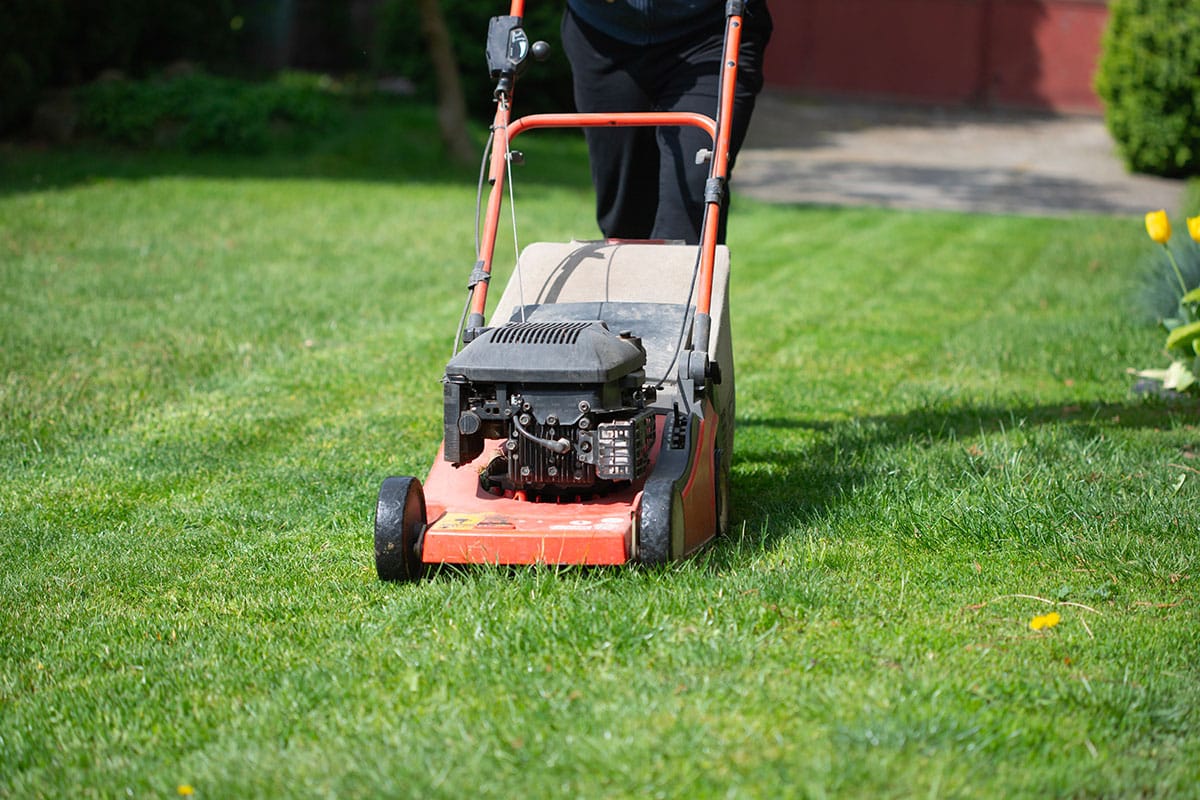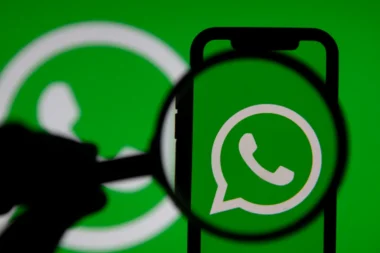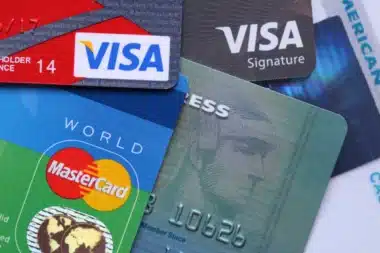New York is taking a big step toward a cleaner tomorrow by going electric—not just for cars but for lawn care gear too. Lawmakers back this move to tackle both environmental and health problems linked to traditional gas-powered equipment. As the state opts for cleaner options, this change aims to cut down on air pollution and boost public well-being.
environmental and health issues
Switching to electric lawn equipment is all about cutting down on pollution and looking after our health. Gas-powered engines are well known for spewing out harmful volatile organic compounds (VOCs) (these chemicals can mess with your health over time). Dr. Christina Padgett, an internal medicine doctor and pediatrician at the University at Buffalo Jacobs School of Medicine, underscores the danger: “Any combustion engine essentially is causing air pollution.” The VOCs from these engines are linked to serious health problems like breathing difficulties and even cancer.
This push for electric gear really shines a light on the need to reduce harmful emissions (focusing on keeping the air cleaner for everyone) while working to safeguard public health.
“Bacteria of Fecal Origin”: Here’s Why You Should Never Use This Small Object Found in Hotels
money matters and practical issues
Even though the benefits are clear, swapping to electric lawn equipment comes with its fair share of challenges, especially when it comes to cost and everyday use. Replacing all the gear can be expensive, a heavy blow for folks in the landscaping business. Cullen Hensley, owner of Hensley Landscaping, pointed out the practical side: “When you’re cutting grass for like 12 hours a day, you’re going to have to change out multiple, multiple batteries. It’s going to take more time.”
These hurdles mean that making the switch isn’t a one-size-fits-all solution. While electric equipment can save money on fuel and maintenance later on, the upfront price tag is something many people and businesses have to grapple with.
weighing alternatives and suggestions
With these challenges in play, it makes sense to look at smart alternatives that balance green goals with what people can actually afford. Dr. Padgett puts it this way: “I think it’s important to start to think about alternatives, but we’re all well aware of the cost of that and it’s not possible for everyone to afford transitioning to electric-powered everything.”
- Some tips to help out in the meantime include wearing masks and ear protection when using traditional gear
- Checking out tool libraries where you can borrow electric equipment
- Some even suggest rethinking lawn care by trying alternatives to grass (this might mean less mowing altogether)
incentives, not orders
Right now, no one in New York is forced to ditch gas-powered lawn tools. Instead, the state is rolling out incentive programs designed to nudge people toward these greener options without making a hard switch overnight. These incentives are all about softening the financial blow of buying new equipment (think of it as state-sponsored help rather than strict rules).
As New York moves forward with this electrification plan, balancing the push for better air and health with the realities of spending money is something everyone needs to consider. The benefits for both public health and the environment could be big, but practical matters have to be worked out along the way.
This plan encourages residents to not only think about cleaner tech for their own use but also join a bigger conversation about sustainable living. It’s a chance for communities in New York (and beyond) to carefully consider their options and take steps toward a healthier future.






